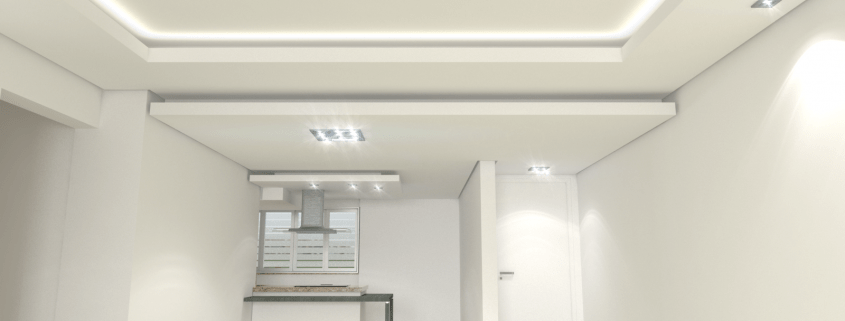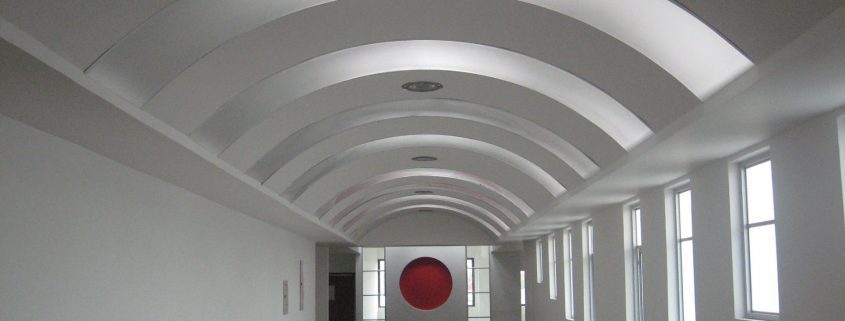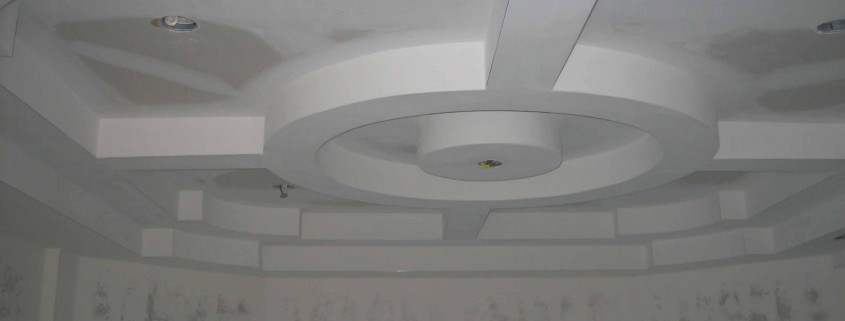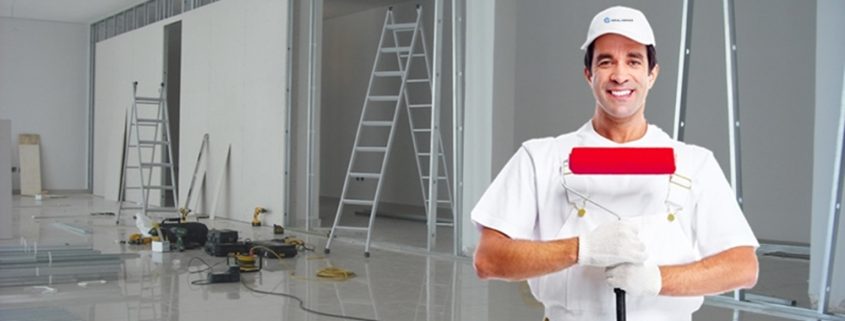As an alternative to a week-long plaster application, an entire house can be drywalled in one or two days by two experienced drywallers.

Drywall can be finished anywhere from a level 0 to a level 5, where 0 is not finished in any fashion and 5 is the most “pristine”. Depending on how significant the finish is to the customer the extra steps in the finish may or may not be necessary, though priming and painting of drywall is recommended in any location where it may be exposed to any wear.
Great for you
In large-scale commercial construction, the work of installing and finishing drywall is often split between the drywall mechanics, or hangers, who install the wallboard, and the tapers and mudmen, or float crew, who finish the joints and cover the fastener heads with drywall compound. Small features such as holes for outlets and light switches are usually cut using a keyhole saw or a small high-speed bit in a rotary tool. Drywall is then fixed to the wall structure with nails or drywall screws and often glue. Drywall fasteners, also referred to as drywall clips or stops, are gaining popularity in both residential and commercial construction. Drywall fasteners are used for supporting interior drywall corners and replacing the non-structural wood or metal blocking that traditionally was used to install drywall. Their function serves to save on material and labour expenses, to minimize call-backs due to truss uplift, to increase energy efficiency, and to make plumbing and electrical installation simpler.
Sound Control
The method of installation and type of drywall can reduce sound transmission through walls and ceilings. Several builders’ books state that thicker drywall reduces sound transmission, but engineering manuals recommend using multiple layers of drywall, sometimes of different thicknesses and glued together, or special types of drywall designed to reduce noise. Also important are the construction details of the framing with steel studs, wider stud spacing, double studding, insulation, and other details reducing sound transmission. Sound transmission class (STC) ratings can be increased from 33 for an ordinary stud-wall to as high as 59 with double 1/2″ drywall on both sides of a wood stud wall with resilient channels on one side and fiberglass batt insulation between the studs.
Sound transmission may be slightly reduced using regular 5⁄8-inch panels (with or without light-gauge resilient metal channels and/or insulation), but it is more effective to use two layers of drywall, sometimes in combination with other factors, or specially designed, sound-resistant drywall.








